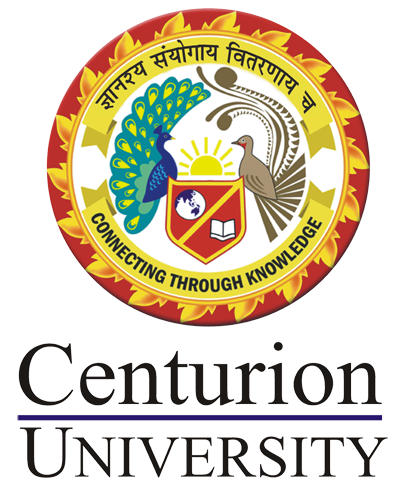Fish Packaging Technology
Course Attendees
Still no participant
Course Reviews
Still no reviews
Course Name : Fish Packaging Technology
Code(Credit) : FSPT2205(1-1-0)
Course Objectives
The course comprises of packaging. The concept and definition of packaging of fish and fishery products have been explained. Use of glass, plastics and regenerated cellulosic casings explaining manufacturing process and properties have been explained in detail. The closure of glass containers is different from metal can containers both in terms of operation and material used has been highlighted in the course content. The theoretical instruction has been supplemented by practical classes.
Learning Outcomes
The course comprises of packaging. The concept and definition of the packaging of fish and fishery products have been explained. Use of glass, plastics and regenerated cellulosic casings explaining manufacturing process and properties have been explained in detail. The closure of glass containers is different from metal can containers both in terms of operation and material used has been highlighted in the course content. The theoretical instruction has been supplemented by practical classes.
Fish Packaging Technology
Theory
Introduction to packaging, Importance of packaging in fish processing, functions, objectives and requirements. Packaging materials, basic and laminates, principles of their manufacture and their identification. Properties of packaging materials and their use in protective packaging with special reference to food. Printing for packaging and print identification. Closures of packaging, heat seals bottle closure. Principles of packaging fresh produce handling and transportation. Packaging for retail sale and storage. Packaging equipment and machinery. Package design, evaluation and testing. Flexible packaging materials, rigid containers, thermoform containers, glass containers, corrugated fiber boards, duplex cartons, edible packaging materials. Laminations and co-extrusions. Retort pouch packaging - advantages and disadvantages. Biodegradable films, vacuum packaging, active packaging, MAP, Polymeric Packaging.Packaging requirements of fresh fish, Frozen fish, Canned Fish. Transport worthiness of packaging materials, accelerated shelf testing.Materials and their safe use in food contact application. Safety and legislation aspects of packing. Labeling and bar coding.
Practicals
Determination of grammage of paper and board, bursting strength, burst factor, punctures resistance, water proofness, stiffness of the board, ring stiffness of paper and board, flat crush, tensile strength and elongation at break of plastic films, density of plastic films, breaking length, impact strength of plastic films, tearing strength of paper and plastic films, water vapour transmission rate, oxygen transmission rate, heat seal strength, suitability of plastic films for food contact applications, evaluation of retort pouch, identification of plastic films.
References
- Walter Friedman, 1960. Industrial Packaging, John Wiley and Sons, - New York.
- Aaron L. Brody and Arthur.D, 1970. Flexible Packaging of Foods – Butterworths, London.
- Oswin C.R., 1975. Plastic Films and packaging. Applied science Publishers, London.
- Nicholas D. Pintauro 1978. Food packaging. Noyes Data Corporation, New Jersey.
- Stanley Sacharow, 1980. Principles of Food packaging. AVI Publishing Co. Connecticut.
- Frank A. Paine and Heather Y Paine, 1983. Hand Book of food Packaging, FAO, London.
- Crosby N.T, 1981. Food Packaging materials, Applied Science Publishers, London.
- Gopakumar K, Fish packaging Technology- Materials and methods. Concept Publishing Company, New Delhi.
- Kadoya Takashi, 1990. Food Packaging. Academic Press, London.
Session Plan
Session 1
Introduction to packaging, Importance of packaging in fish processing, functions, objectives, and requirements
Session 2
Packaging materials, basic and laminates, principles of their manufacture and their identification, Properties of packaging materials and their use in protective packaging with special reference to food
Session 3
Printing for packaging and print identification. Closures of packaging, heat seals bottle closure.
Session 4
Principles of packaging fresh produce, handling, and transportation. Packaging for retail sale and storage.
Session 4 Principles of packaging fresh produce, handling.
Session 5
Packaging equipment and machinery. Package design, evaluation, and testing.
Session 6
Packaging equipment and machinery. Package design, evaluation, and testing.
Session 7
Edible packaging materials, Laminations, and co-extrusions, Flexible packaging materials, Transport worthiness of packaging materials, accelerated shelf testing, Flexible packaging materials
Session 8
Retort pouch packaging - advantages and disadvantages. Biodegradable Films, Materials and their safe use in food contact application
Session 9
Vacuum packaging, active packaging, MAP, Polymeric Packaging, Packaging requirements of fresh fish, Frozen fish, Canned Fish
Session 10
Labeling and barcoding. Safety and legislation aspects of packing.

